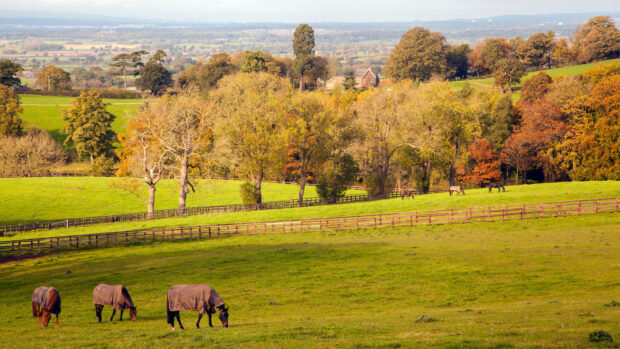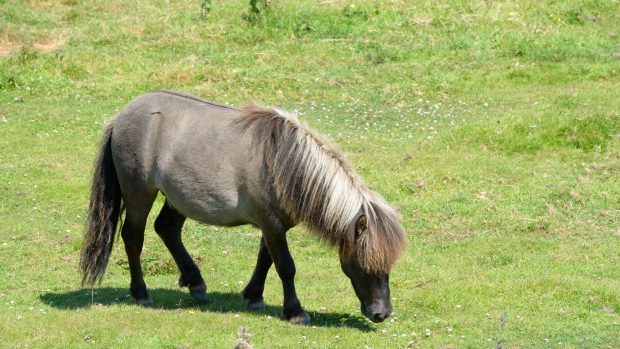Grain overload and fresh spring grass are well-known and avoidable causes of laminitis. However, as research into this condition intensifies, more details are emerging.
The most interesting finding presented at the recent BEVA laminitis conference was the fact that horses can develop insulin insensitivity, which is linked to obesity and laminitis.
Insulin is produced in response to glucose entering the blood after digestion, therefore a rush of glucose means an increase in insulin.
More insulin is needed to remove the glucose from the blood in obese animals and it is thought that high volumes of circulating insulin may affect the blood supply to the foot. Obese animals also bear increased weight on each hoof, resulting in higher than normal levels of concussion, which plays a role in laminitis.
Huge volumes of all types of sugars are readily consumed in fast-growing, lush grass, which can lead to sugar overflowing into the hind gut. Fructan sugars are believed to pose the greatest risk because they aren’t broken down in the small intestine.
Researchers at the Grassland and Environmental Research (IGER), Aberystwyth, have shown that some grasses have higher fructan levels, and that more fructan is produced in daylight hours.
Finally, new research is looking at the idea that a “tightening” of the blood vessels (vasoconstriction) in the hoof may precipitate the onset of a bout of laminitis.
Homocysteine, made during the metabolism of methionine in the body, has been linked in humans to vasoconstriction, so large doses of methionine, which are found when an excess level of lush grass is eaten, may also be playing a role in this complicated condition.
Avoiding laminitis
- The key message is to keep away from high-risk feedstuffs and feeding situations, namely high intakes of high-starch diets and lush grazing. This avoids starch overload and high doses of fructan and methionine
- Susceptible animals should be fed fibre-rich, low-starch and low-sugar diets. These are now available in all classes of feed from chops, chaff and low-energy cubes and mixes to high-energy feeds
- Traditional meadow-type horse pasture is likely to be lower in fructan than reseeded grassland, due to the species of grass present
- If it is impossible to restrict time at grass during high risk periods for laminitics, make sure that the grass in the paddock is short and tightly grazed. This will reduce the amount consumed and the fructans in it, as short, leafy grass is low-fructan material



